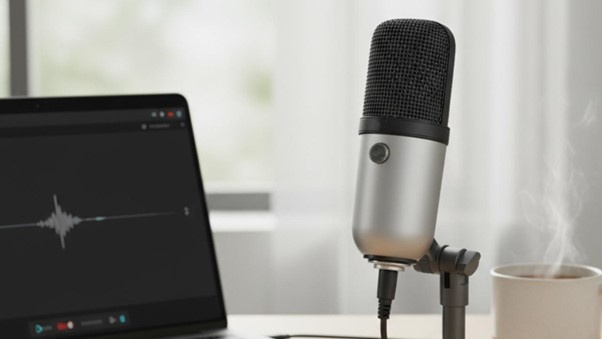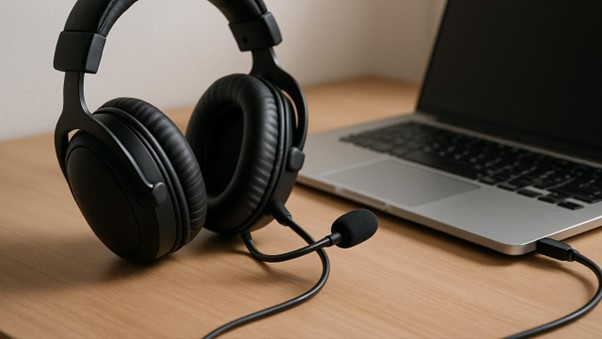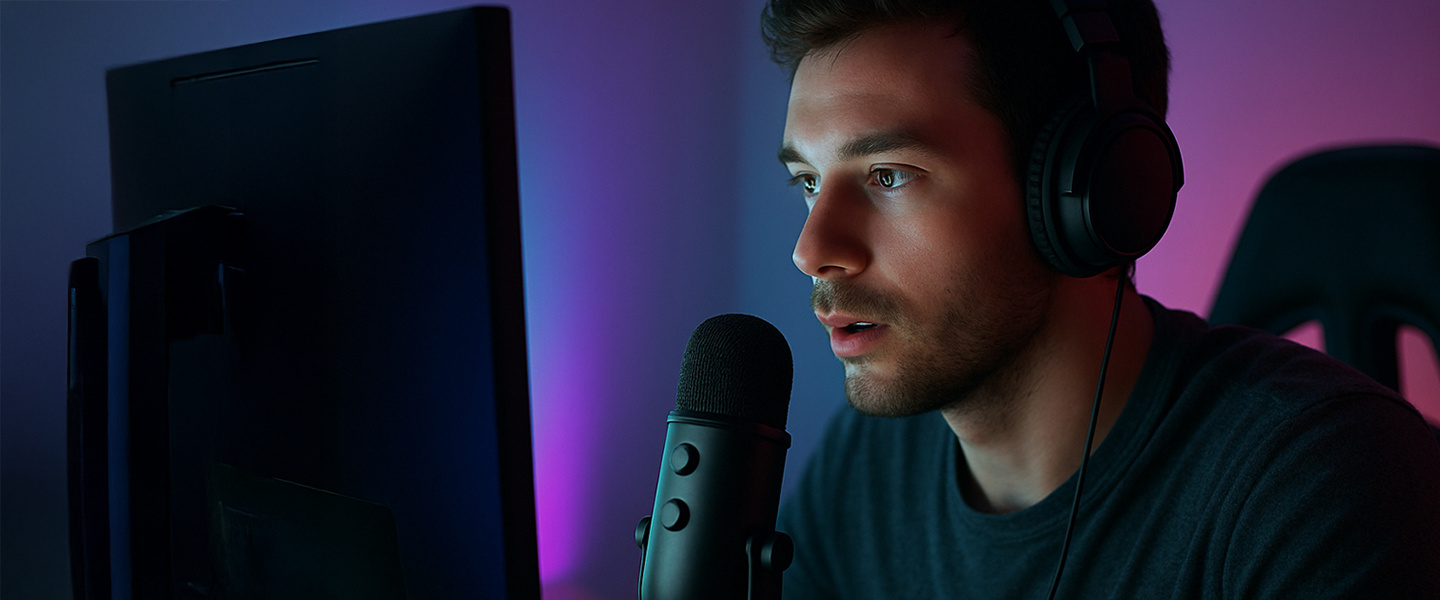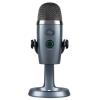Whether you’re starting a podcast, streaming, recording music, or just upgrading your setup, the first big question usually comes down to this: should you get a USB or XLR microphone?
They might look similar, but how they connect — and what that means for sound quality, flexibility, and setup — makes all the difference. Let’s unpack it.
The Basics: What Each One Is
- USB microphones plug directly into your computer. Everything’s built in — the microphone, preamp, and analog-to-digital converter — so your PC recognises it instantly.
- XLR microphones use a three-pin cable that connects to an audio interface or mixer, which then sends the signal to your computer.
In short, USB mics are plug-and-play. XLR mics are part of a more professional, modular system.
USB Microphones: Simple and Convenient
If you want to sound great with minimal fuss, USB mics are perfect. Plug them in, pick them as your input device, and you’re recording.
They’re ideal for streamers, remote workers, or anyone who wants clean, reliable audio without diving into audio gear.
| PROS | CONS |
|---|---|
|
|


XLR Microphones: The Pro-Level Choice
XLR mics are the standard in studios and professional recording setups. They don’t handle the conversion to digital themselves — that’s done by your audio interface, which lets you control gain, add effects, and even run multiple mics at once.
| PROS | CONS |
|---|---|
|
|
XLR setups take more work to get going, but they’re far more flexible. You can upgrade individual components — swap out microphones, preamps, or interfaces — without replacing your whole system.
Sound Quality: Is XLR Always Better?
Not necessarily. Many high-quality USB microphones use the same capsules as their XLR counterparts. The real difference comes down to the audio interface and signal chain.
XLR setups tend to deliver cleaner, richer recordings when properly tuned, but a good USB mic can sound excellent for most creators.
For example, a $150 USB mic can outperform a cheap XLR mic running through a low-end interface. It’s all about the weakest link in your chain.


Which Should You Choose?
Ask yourself how you plan to use it:
| Use Case | Best Option | Why |
|---|---|---|
| Streaming, gaming, or remote meetings | USB | Quick setup, clean audio, easy controls |
| Podcasting or home recording | Either | USB for simplicity, XLR for expandability |
| Professional music production | XLR | More flexibility, higher audio fidelity |
| Mobile recording or travel | USB | Lightweight and plug-and-play |
If you’re just getting started, a USB mic will get you clear, studio-style sound instantly. If you want to grow into audio production, XLR gives you a foundation to build on.
Final Thoughts
There’s no wrong choice — it’s about finding what fits your workflow. USB microphones are all-in-one simplicity. XLR microphones are for those who love fine-tuning every detail. Both can deliver great results with the right setup.







